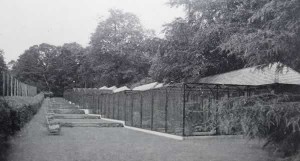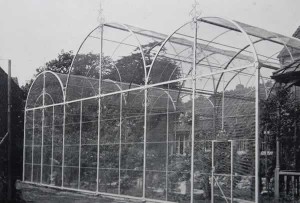A HISTORY LESSON FOR THE INTERESTED
“Searching through some old books I came across a very interesting historic article written over fifty years ago, relating to the interest in birds of the early settlers that lived in N.S.W. These birds were trapped and sent off to England somewhat as a trophy – taken at the very start of the settlement in 1771.
Articles like this show the affinity that man has always had with birds, even the explorers had such a keen interest to take birds back with them to England regardless of the difficulties involved. I hope you find the article as interesting as we have!!!” – Don Crawford. Sep 2012
The following excerpt was written by Alex H Chisholm and is taken from the Foreword of “Bird Keeping in Australia” by Ian Harmon, First published by Angus & Robertson Ltd in 1962.
Capturing Australia’s First Specimens
The first Australian birds known to have been made captive were three Black Swans which a Dutch explorer, Willem de Vlamingh, took from the present Western Australia to Batavia in 1797, and the first caged birds from this country was probably a “Blue-bellied Parrot” of New South Wales which Joseph Banks is believed to have landed in England, after the famous voyage of the Endeavour, in July 1771.

Naturally, when settlement was established at Port Jackson (January 1788) attention was given to the many species of birds frequenting the area, and soon afterwards various residents captured specimens and either retained them as pets or sent them to Britain. Even the Rev.Richard Johnson, clergyman to the settlement, became an exporter – within that first year he forwarded to England a live “Laura Keat” (Lorikeet) as an example of Australia’s beautiful birds.
1675 Stuffed Birds and a Couple of Live Emus
Later both Governor Hunter and Governor King included living birds among their gifts to England, and in at least one consignment King went in for bulk by sending a couple of Emus.
That vice-regal enterprise was emulated in 1827 by a settler named George Harper, who lived about 50 miles south-west of Sydney; when revisiting Britain he took with him not only 1675 stuffed birds but also a couple of live Emus, which appear to considerably startled Sir Walter Scott when they were presented to him.
The great man had expected the birds to be (so he said) “some sort of blue or green parrot” whereas each of them stood “six feet on his stocking soles”!
The Betcherrygah
With the increase of settlement the keeping of birds became a popular hobby, and at the same time export continued to develop. Particularly did one of Australia’s smallest parrots, the Budgerigar, make an impact abroad. Several living specimens were taken to England in 1840 by the eminent ornithologist John Gould – termed the bird the Warbling Grass-Parrakeet, or Betcherrygah and before long the dainty midget captured attention in various countries to such a large degree that it was bred into numerous colour varieties and became the focus of extensive trade. Today, in all its phases, it is probably the most popular bird in the world as a household pet and a feature of aviaries.
Yet, fortunately, the “original” of the species continues to hold its own in the free spaces of its homeland.

Bird Keeping – Then and Now
From the beginning of “Bird Keeping in Australia”, parrots and finches have always been most in demand, partly because of their colourful plumage and partly because feeding has never presented serious problems. The early custom was, for the most part, to keep the unfortunate captives in small cages or other unsuitable enclosures, and this grubby practice still prevails to some extent among both dealers and their customers. Also there are still numbers of men who flout the various state laws by netting wild birds in closed season and trading them as “aviary-bred”. The true aviculturist sets his face against cruel or slipshod practices. He does so on ethical grounds and a matter of common sense.